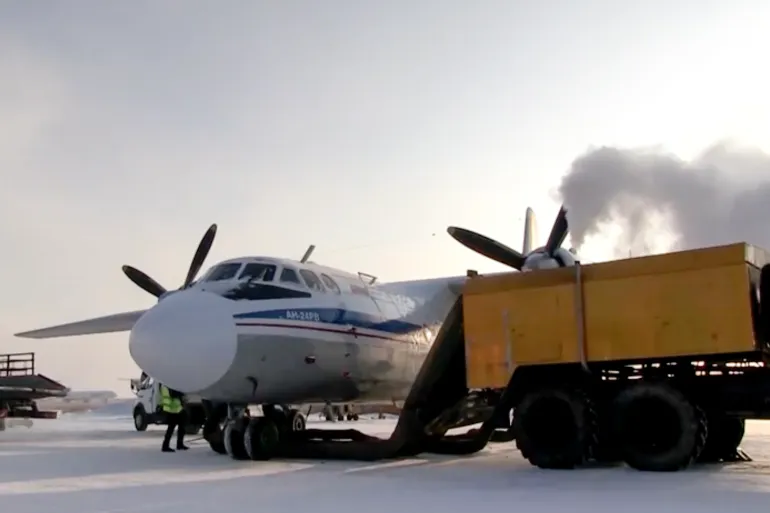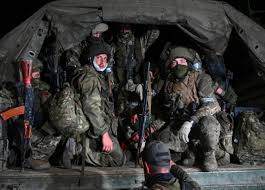A tragic plane crash in Russia’s far east has claimed the lives of 49 people, leaving no survivors. The crash occurred on July 24, 2025, when an An-24 passenger plane operated by the Siberian airline Angara lost contact with radar while approaching its destination in Tynda, located in the Amur region near the China border.
The plane, which was carrying 43 passengers, including five children, and six crew members, crashed after it disappeared from radar screens. Local authorities later discovered the plane’s fuselage in flames, with debris scattered across the region. The Emergencies Ministry stated that an Mi-8 helicopter operated by Russia’s civil aviation authority, Rosaviatsiya, located the burning wreckage.
Preliminary investigations suggest that poor visibility during the landing attempt might have caused the crash. The regional governor, Vasily Orlov, mentioned that the crew’s error during the landing is one possible explanation, though the investigation is still ongoing. According to news agencies, the exact number of people on board was initially reported as 40, but updates indicate 49 passengers and crew.
Russian aviation has long been plagued by safety concerns, especially in the remote, often extreme weather conditions of the country’s Arctic and Far East regions. Despite improvements in safety standards, incidents involving older aircraft in these areas remain common. Just a few years ago, another similar crash involving an Antonov An-26 plane resulted in several fatalities.
The crash serves as a painful reminder of the challenges facing air travel in Russia’s vast and isolated regions, where accidents, even with the most up-to-date aviation technology, remain a risk.
In 2021, two deadly crashes, involving the Antonov An-26, underscored the persistent challenges within Russian aviation safety, particularly in the country’s far eastern territories. Though the government has made efforts to address these issues, the road to improving safety standards is long and complex.
As rescue operations continue and investigations unfold, Russia is under further scrutiny to address the aviation risks that still pose a danger to passengers, especially in remote regions.



